-
Amarnath Temple, Jammu and Kashmir
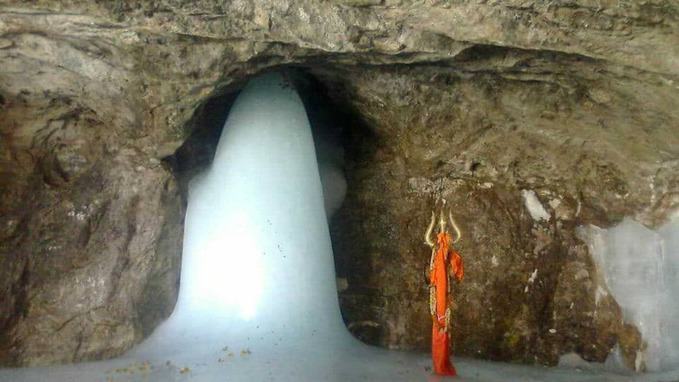
A sanctuary that embellishes the highest point of India’s guide and my rundown of well-known Hindu sanctuaries in India, is Amarnath. The Hindu hallowed place sits in a collapse Jammu and Kashmir and is one of the most profound locales in India. Ruler Shiva is adored as a lingam which is a stalagmite framed by the drops of solidifying water throughout the mid-year months. Amarnath is a well-known Hindu sanctuary as it is one of the spots where the body some portion of Goddess Sati fell. Which makes it a piece of the 18 Mahashaktis Peethas over the globe.
Timings: 6:00 am to 3:00 pm
Clothing regulation: Woolen Wear and appropriate apparatus to trek the mountains
Approx. Visit Duration: 1 hours
[elementor-template id=”573″]
-
Shirdi Sai Baba Temple, Maharashtra
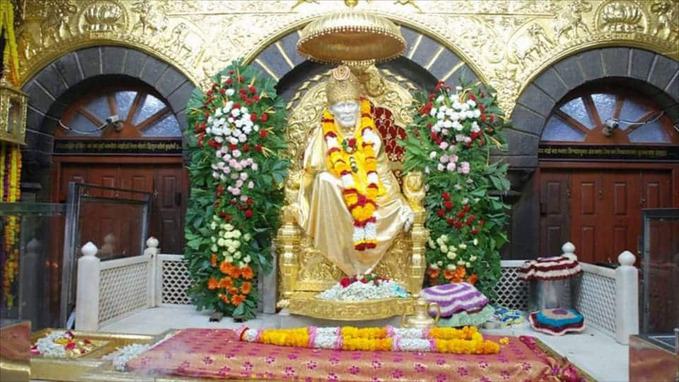
Found right around 296 km from Mumbai is Shirdi that has one of the most persuasive rich Sai baba sanctuaries ever. A great many committed devotees end up at the foot of the sanctuary consistently. The sanctuary was worked in 1922 and is one of the most visited sanctuaries in India after Tirupati Balaji.
Timings: 4:00 AM to 11:30
Clothing regulation: No Dress Code
Approx. Visit Duration: 2 hours
-
Badami Cave Temples, Karnataka

Situated in the Bagalkot District of Karnataka, Badami caverns structure a folded fenced in area of four fundamental sanctuaries each built as a dedication to various Gods. The sanctuary is set against a counterfeit green water lake, the cavern itself made of delicate dark colored sandstone shading. The primary cavern is dedicated to Lord Shiva and the following two for Lord Vishnu. The fourth sanctuary is devised for Jainism and the nearness of another regular cavern along the edge is held for Lord Buddha.
Timings: 9 AM to 5:30 PM
Clothing regulation: No Dress Code
Approx. Visit Duration: 2 to 3 hours
[elementor-template id=”573″]
-
Tirupati Balaji, Andhra Pradesh
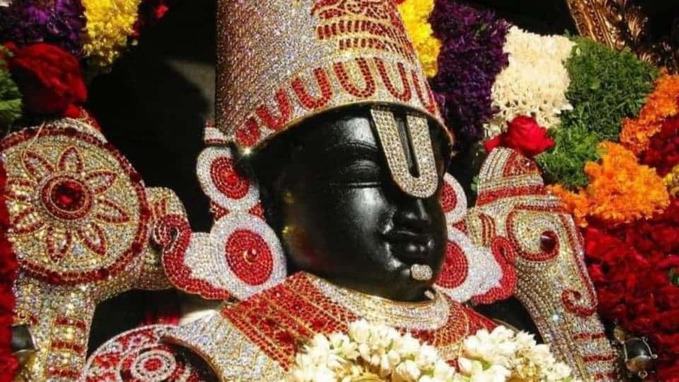
Otherwise called the Tirumala Venkateshwara, the Tirupati Balaji sanctuary in the slope town of Tirumala, Andhra Pradesh was developed as an indication of commitment to Lord Venkateshwara or ‘Balaji’ who is a rebirth of Lord Vishnu. Other than the group, this sanctuary is well known for its attractive ladoos that are passed on as a religious advertising.
Timings: 2:30 AM to 1:30 AM (in the middle of break darshans)
Clothing standard: Strictly Traditional Wear
Approx. Visit Duration: 2-3 Hours (Depending on the line it may take considerably more)
-
Laxminarayan Temple, Delhi

Set in the bustling city of Delhi, the Laxminarayan sanctuary is additionally alluded to as the Birla Mandir, being worked by B.R Birla and Jugal Kishore Birla themselves. The veteran opportunity contender, Mahatma Gandhi himself introduced the sanctuary which is currently spread crosswise over 7.5 sections of land including wellsprings, gardens and wonderful grand structures. This sanctuary is a built for Lord Vishnu, the adjoining sanctuaries including Buddha and ruler Shiva.
Timings: 4:30 AM – 1:30 PM and 2:30 – 9:00 PM.
Clothing standard: Traditional wear
Approx. Visit Duration: 1-2 Hours
-
The Golden Temple, Amritsar

Darbar Sahib of Harmandir Sahib in Amritsar, Punjab is a sanctuary painted in delicate dewy gold however that isn’t the main motivation behind why we perceive this as ‘ the brilliant sanctuary’. The arch to this minimal structure is plated with 750kg of unadulterated gold as the sanctuary opens up on four sides depicting receptiveness to all individuals, any standing, any religion. Developed by the fourth Sikh Guru, the smooth white marble ways and the sanctuary itself is a tranquil encapsulation of rich Sikh religion.
Timings: 3 AM–10 PM
Clothing standard: Strictly conventional wear with scarf over the head for the two people
Approx. Visit Duration: 2 Hours
-
Konark Sun Temple, Odisha
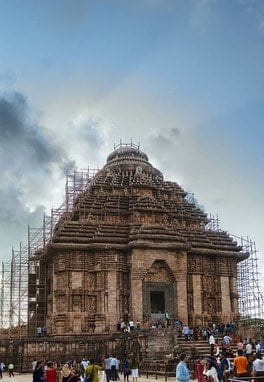
Probably the most established sanctuary offering its love to the Sun God, Konark sun sanctuary in Odisha has been recorded as one of the seven marvels of India. Worked at the hour of Eastern Ganga Dynasty by Narasimhadeva I, the one of a kind piece of this sanctuary is its design that takes after an extreme etched chariot with stone cut haggles. In Sanskrit, ‘kona’ implied corner while ‘arka’ implied the sun. It is one of the most established sanctuary in India.
Timings: 6 AM to 8 PM
Clothing regulation: No Dress Code
Approx. Visit Duration: 2 Hours
-
Dakshineswar Temple, Kolkata
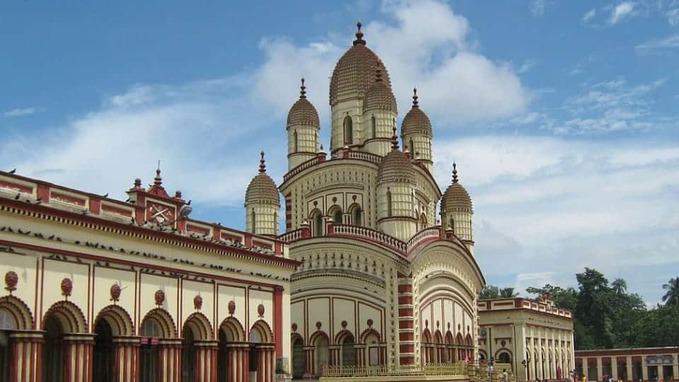
Set against the banks of River Hooghly, the well-established old sanctuary dedicated to Goddess Kali stands approaching high and tall. A large number of individuals run to this wonderful sanctuary that has twelve places of worship committed to Lord Shiva, Goddess Kali’s significant other as the nine spired sanctuary opens its ways to individuals from varying backgrounds.
Timings: 5:00 AM to 8 PM
Clothing regulation: Traditional Wear
Approx. Visit Duration: 2 Hours
-
Brihadeeswara Temple, Tanjore

Additionally, called the Tanjai Periya Kovil, this Shiva sanctuary is perhaps the biggest sanctuary in South India. It was likewise pronounced as a piece of the UNESCO World Heritage Site. The sanctuary was worked in the eleventh century and the Vimana tower is the most noteworthy in South India. It was built during the Chalukyan time and is one of the most well-known sanctuaries in Tamil Nadu and is perhaps the most seasoned sanctuary in South India.
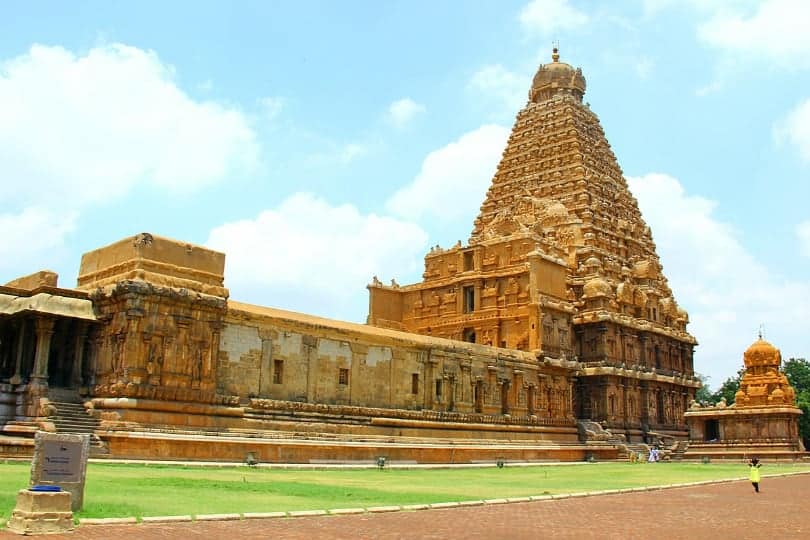
Timings: 6AM–12:30PM, 4–8:30PM
Clothing regulation: Tradition
Approx. Visit Duration: 2 Hours
-
Dilwara Jain Temples, Mount Abu
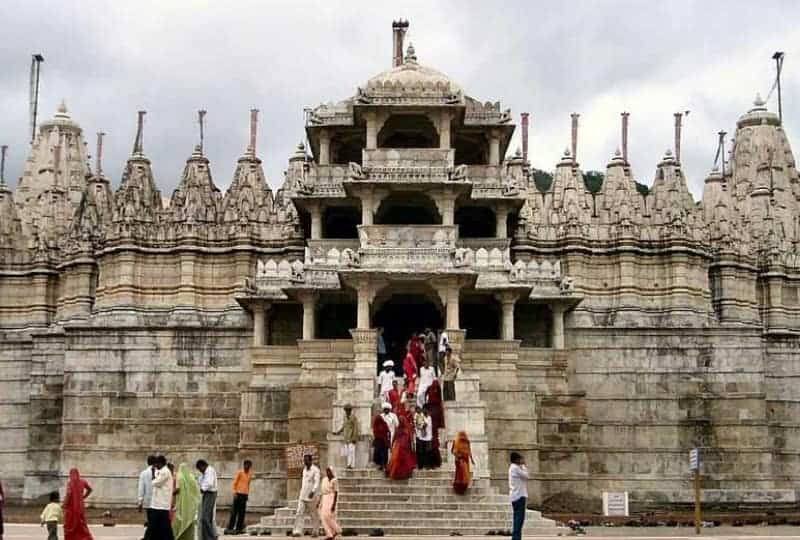
The Dilwara sanctuary in Mount Abu, Rajasthan utilizes the best of design that a human hand could offer coordinating excessive and pretentious hand structures scratched crosswise over marble stones and columns, roof and floors. The inside to the sanctuary is a genuine treat with five noteworthy areas committed to five Jain Saints.
Timings: 6:00 AM to 6:00 PM
Clothing standard: Traditional Wear
Approx. Visit Duration: 1-2 Hours
-
Kaal Bhairav Temple, Varanasi
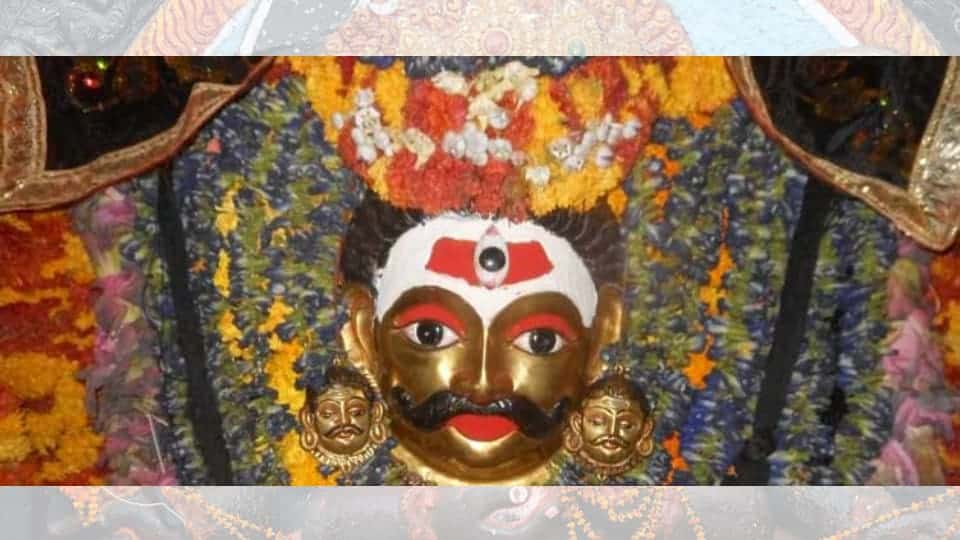
Varanasi. Settled in the core of Uttar Pradesh, this city is known for lodging the acclaimed Kaal Bhairav Temple, one of the most seasoned Shiva Temples in Varanasi. After advancing here, you run over the silver confronted icon of Lord Shiva’s furious structure, Kaal Bhairav. The symbol is embellished with peacock quills and a wreath of skulls. As some state, even demise fears this type of Lord Shiva.
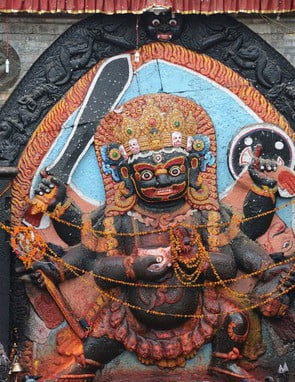
Timings: 7:00 AM to 5:00 PM
Clothing standard: No Dress code
Approx. Visit Duration: 1-2 Hours
-
Meenakshi Amman Temple, Madurai
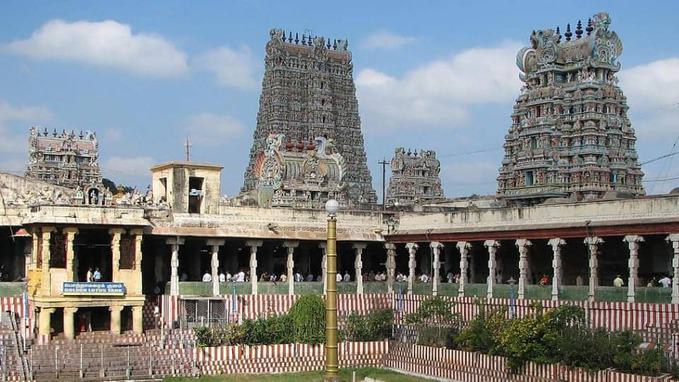
Sitting near the southern bank of River Vaigai is the Meenakshi Temple, which is otherwise called Meenakshi Amman. It is an old Hindu sanctuary which is the magnificence image of Madurai, the memorable city of Tamil Nadu. Meenakshi Temple is committed to Goddess Parvati as Meenakshi and Lord Shiva as Sundareshwar. Besides, in certain accounts, there is a notice of Vishnu as Meenakshi’s sibling. Also, arranging a get-away during the Meenakshi Thirukalyanam celebration is a decent time as you get the chance to observe the awesome marriage of Meenakshi. The festival happens for 12 days during the Chithirai month of the Tamil schedule.
Timings: 2:30 AM to 1:30 AM (in the middle of break darshans)
Clothing standard: Strictly Traditional Wear
Approx. Visit Duration: 2-3 Hours
-
Brahma Temple, Pushkar

Pushkar appears the correct spot to start your religious visit when in RajasthanWhen you penetrate through the horde of explorers you go over this most discussed sanctuary of the Hindu maker God, Brahma. What’s fascinating to know is this is one of only a handful couple of Brahma sanctuaries in India. Besides, it is likewise accepted according to numerous legends that the Pushkar Lake was framed by the petals of Lord Brahma’s lotus (his weapon).
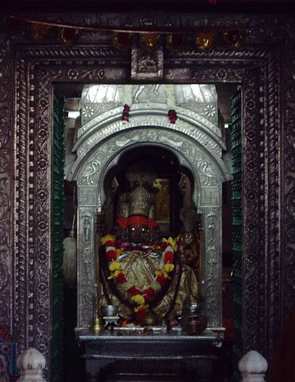
Timings: 6:00 am to 3:00 pm
Clothing regulation: Woolen Wear and appropriate apparatus to trek the mountains
Approx. Visit Duration: 1 hours
-
Yamunotri Temple, Uttarakhand
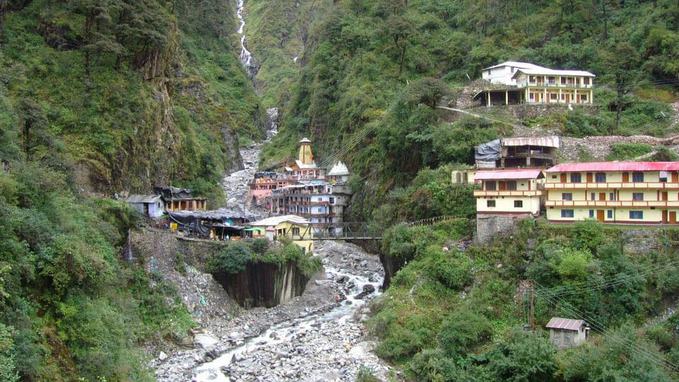
This Hindu sanctuary in India is as exceptional to the pioneers going on a Chota Char Dham all things considered to Uttarakhand. Yamuna River is venerated as Goddess Yamuna here, who is the fundamental tributary of the holiest stream of Hindu religion, Ganga.
Yamunotri Temple houses two underground aquifers, Surya Kund which has water hot enough to bubble rice and Gauri Kund with water appropriate for taking a plunge. To reach here, explorers need to trek for 13kms from Hanuman Chatti and for 6kms from Kali Chatti.
Timings: 6:00 AM – 2:00 PM and 2:30 – 9:00 PM.
Clothing standard: No Dress code
Approx. Visit Duration: 1-2 Hours
-
Gangotri Temple, Uttarakhand

Subsequent to looking for gifts from the Yamunotri Temple, we following visit the Gangotri Temple. This is the subsequent sacred site visited on the Chota Char Dham Yatra. Gangotri isn’t just the home Goddess Ganga yet in addition where the River Ganges starts its direction. In addition, this sanctuary was cut out by the Nepalese general, Amar Singh Thapa. Gangotri Temple is one of the most significant sanctuaries of Goddess Ganga. This spot of love in Uttarakhand opens its ways to pioneers from the long stretch of May to the Hindu celebration Diwali.
Timings: 6:00 AM – 2:00 PM and 2:30 – 9:00 PM.
Clothing standard: No Dress code
Approx. Visit Duration: 1-2 Hours
-
Badrinath Temple, Uttarakhand
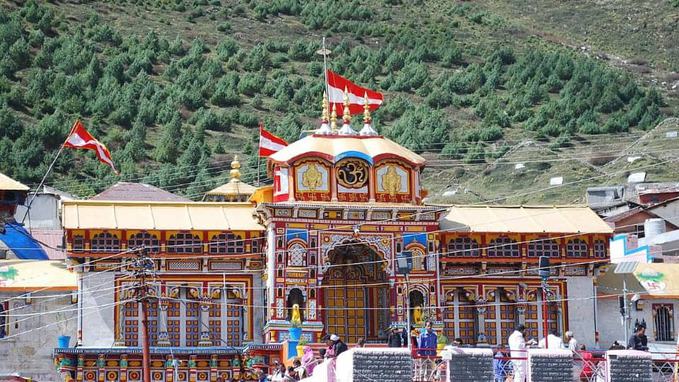
Remaining in the entirety of its wonder in the Garhwal slopes is the sanctuary which is plunged in the love of Lord Vishnu, Badrinath. Owning its name from the town it’s cuddled this is the keep going sanctuary you visit on the Char Dham Yatra. What’s more, that is not all, this journey site in India is additionally venerated as one of the 108 Divya Desams dedicated to Lord Vishnu. Master Vishnu is venerated as Badrinarayan who is available as a dark stone statue. As indicated by numerous Hindus, this statue is among the eight swayam vyakta.
Timings: 5:00 AM – 5:00 PM
Clothing standard: No Dress code
Approx. Visit Duration: 1-2 Hours
-
Baijnath Temple, Himachal Pradesh
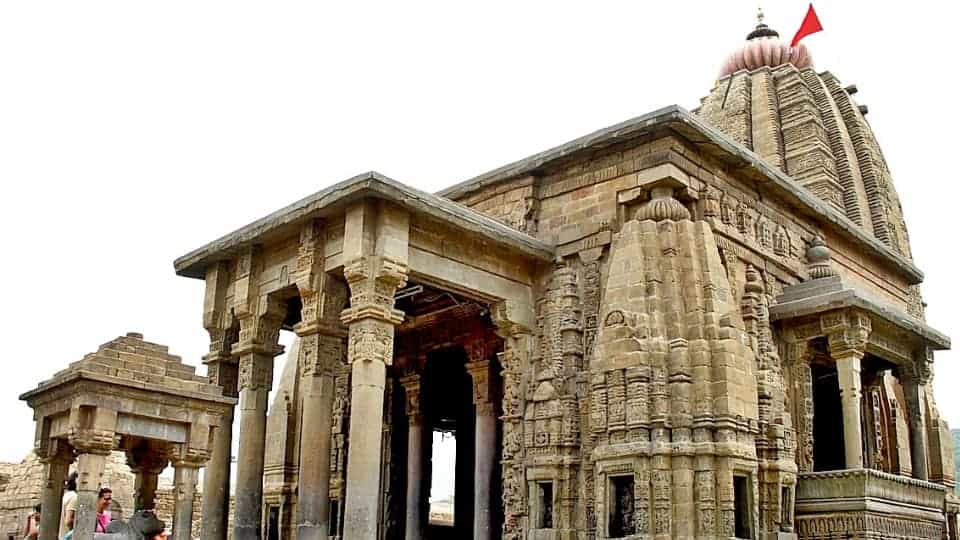
It’s a great opportunity to part of the arrangement this delightful Hindu sanctuary which is a pride ownership of Himachal Pradesh. Baijnath is a Nagara style fabricated sanctuary which discovers its place in 1204 A.D. It is accepted to be worked by Manyuka and Ahuka who were two neighborhood vendors. Enthusiasts that visit the Baijnath sanctuary, sing drones for the sake of Lord Shiva who is available here as Vaidyanath (Lord of doctors). Further, the engravings of this sanctuary demonstrate that a Lord Shiva sanctuary existed before the present one was assembled.
Timings: 5:00 AM – 1:00 PM
Clothing standard: No Dress code
Approx. Visit Duration: 1-2 Hours
-
Akshardham Temple, Delhi

Delhiites don’t generally need to look or hurry to some other spot of love as they have the sparkling Akshardham Temple to themselves. Begun on 6 November 2005, this sanctuary discovers its place on the banks of River Yamuna. The exacting interpretation of this sanctuary is “The celestial dwelling place God”. On the off chance that your heart needs to discover comfort and harmony, at that point you should visit Akshardham.
The sanctuary is roused by Yogiji Maharaj who was the fourth successor of Swaminarayan. The sanctuary pursues the way of Swaminarayan Hinduism and showcases culture and reverential conventions through its fine design. Aside from the fundamental place of worship.
Timings: 6:00 am to 3:00 pm
Clothing regulation: No Dress Code
Approx. Visit Duration: 1 hours
-
Ramanathaswamy Temple, Rameshwaram
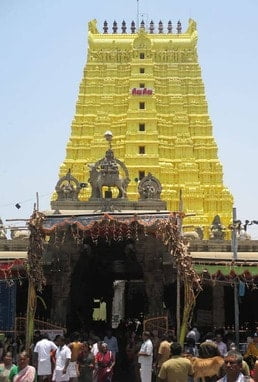
Coming right down to South India, the primary sanctuary we visit is the Ramanathaswamy Temple. This holy place is a piece of the Char Dham Yatra, and furthermore one of the twelve Jyotirlingas. Legend has it that the lingam that is adored here was worked by Sita, the associate of Lord Rama. The Lord needed to dispose of the transgression he submitted during his war with Ravana at Sri Lanka. There are 64 Tirthas in the sanctuary, out of which 22 are considered the significant ones. A plunge in these 22 tirthas is a noteworthy custom of the journey to Rameshwaram which is proportionate to retribution.
Timings: 4:30 AM – 1:30 PM and 2:30 – 9:00 PM.
Clothing standard: Traditional wear
Approx. Visit Duration: 2-3 Hours
-
Arunachaleswar Temple, Thiruvannamalai
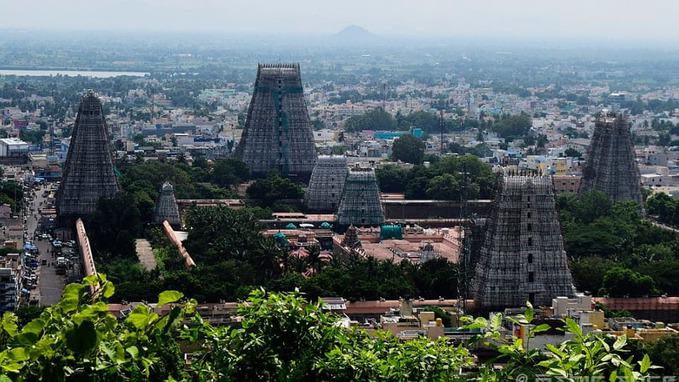
Out of all the Shiva sanctuaries in South India, Arunchaleshwar gloats of being unique. Cuddled on the lower regions of Arunachala that falls in the town of Thiruvannamalai. Of the considerable number of qualities and practices that string Shiva Mandirs together, there is one such quality that draws an obvious conclusion to a more profound importance of life, otherworldliness. This basic viewpoint has the greatest effect on bhakti kin through Shiva. Theis iconic shiva temple is embellished with peacock quills and a festoon of powers.
Timings: 5:00 AM – 7:00 PM
Clothing standard: No Dress code
Approx. Visit Duration: 2-4 Hours
The historical backdrop of India is fragmented without the notice of its unfathomable sanctuaries. Presumably why this nation is known as the “Place where there is Temples”, with in excess of 6,00,000 lakh holy places, of all shapes and sizes, spread over. Among them, the antiquated sanctuaries have grabbed the eye of both national and global sightseers for withstanding the trial of time. A portion of these eminent sanctuaries have endured over 1000 years and now remain as living instances of the passed by period. In addition to the fact that they promote the travel industry, yet additionally are significant landmarks to enable us to think about the way of life and history of our antecedents. Come, find these old chronicled sanctuaries in India and prepare to be astonished with their fantastic structures.
Also Read : Mysterious Temples In India